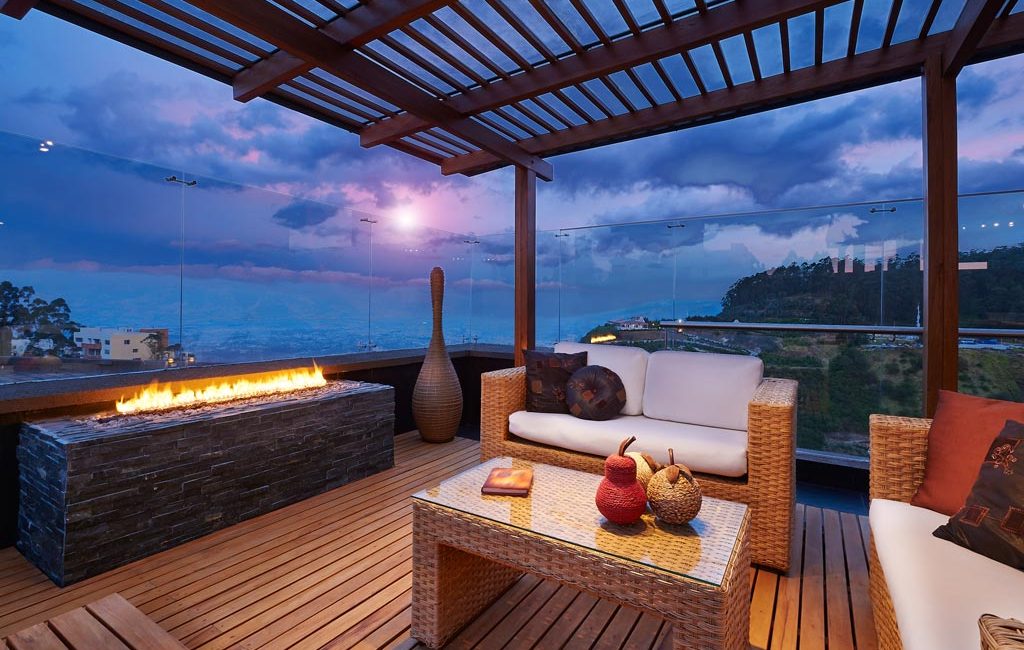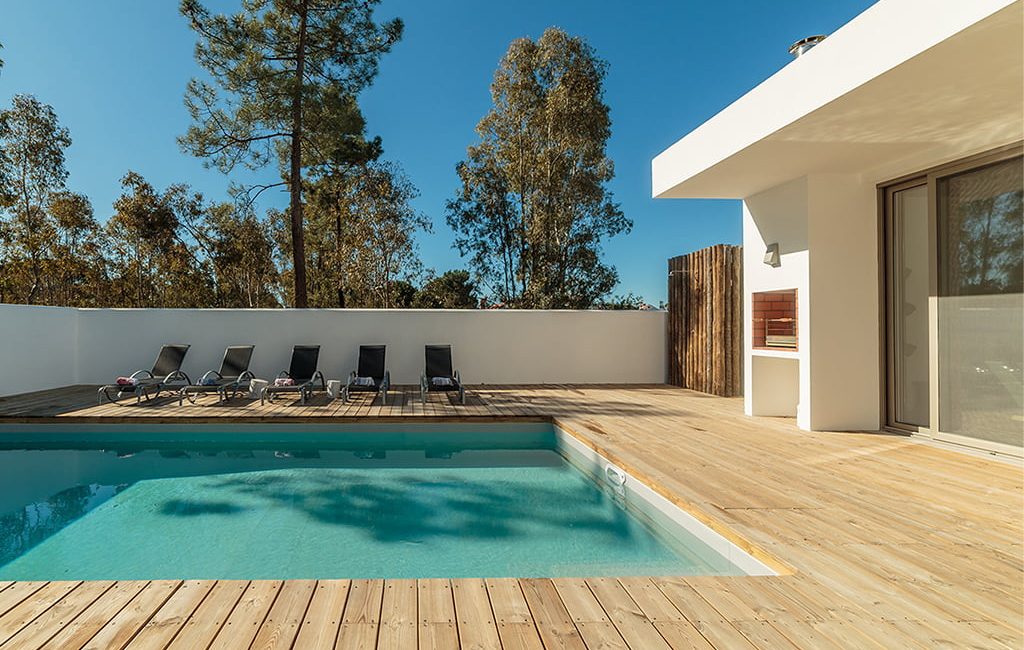Botanical Name: Vitex Cofassus
Origin: Solomon Islands
Species Overview:
Vitex Cofassus is one of the most widely used decking timbers. Often sourced from the Solomon Islands, this wood offers a lovely olive-grey appearance and it has excellent bending properties. It holds nails well and offers high durability and strength, making it ideal for decks and boat-building.
This is a durable timber with a pale yellowish to creamy-grey appearance. Some of the benefits of Vitex as a decking timber are:
- Fine, slightly lustrous texture with even grain
- Leathery odour and nice to the touch – perfect for bare children’s feet!
- Sourced from low-impact, village-based operations in the Solomon Islands
- High resistance to shock loads
Available sizes 140x19mm, & 90x19mm (lengths 1.5m to 4.8m).
Main Uses:
- Decks
- Exterior joinery
- Board walks
- Boat building
Working Properties:
The timber is converted without difficulty. It planes and machines well and is easy to cut across the grain. A good finish can be obtained and it has good bending qualities and holds nails well without pre-drilling.
For installation guide visit our Resources page.





